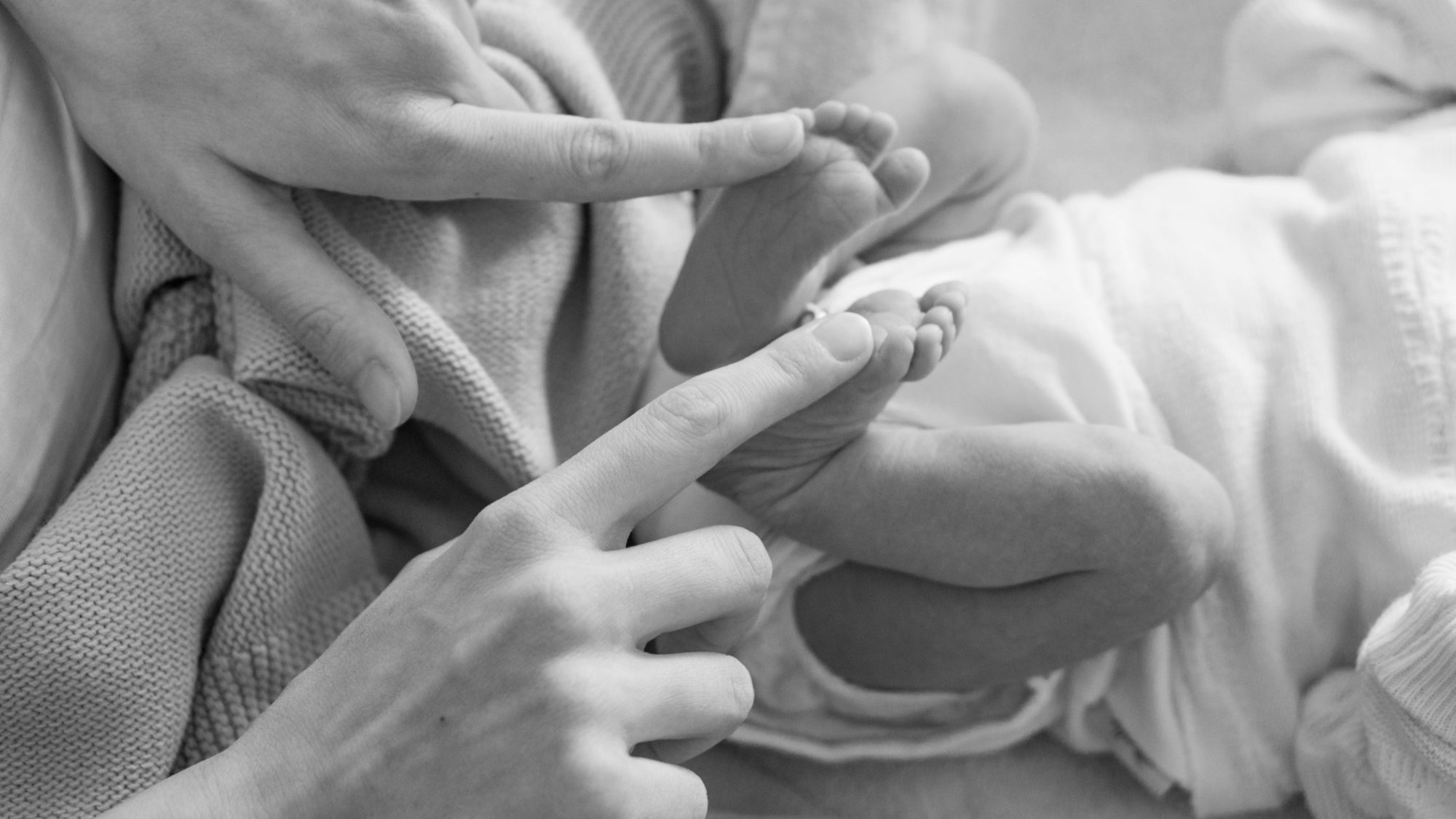Text from Sarah Schoch, Salome Kurth, Helene Werner
One goal of science is to generalize findings beyond the pure study results. By adding more studies and by cross-comparing results, knowledge is built stepwise. This process shows whether findings hold true across different populations or participant groups. One fundament to this process is that studies are comparable and replicable.
A new study published in the «Journal of Sleep Research» by researchers from the University Hospital Zurich, University Children’s Hospital Zurich and University of Fribourg tested research comparability with the example of researching sleep in infants and children in natural environments. Published articles of the past 8 years were rated regarding study design and methodological details relevant for reproducibility.
Sleep in young children is commonly measured using movement sensors (actigraphs) similar to commercial fitness trackers. From the patterns of movement/inactivity, sleep/wake behavior is computed and integrated in the question of interest. The benefits of actigraphy are that it is easy to apply in children and that is it used outside the research laboratory – in the natural sleep environment – across longer periods of time. These benefits make actimetry attractive for many investigations. However, the existence of several different devices and various computation methods hinders the comparison of findings across the different studies. Yet, such comparison is crucial to generate fundamental knowledge – as for example what kind of sleep is healthy for children.
Specifically, the study identified that daytime sleep (naps) are one acutely understudied research gap. Although naps account for 20% of total sleep in infants, 45% of the pediatric sleep studies did not evaluate daytime sleep at all. Furthermore, while methodological reporting with respect to the device model, the placement of the device on the body and the use of a sleep diary was good, in contrast, reporting was worse for recorded epoch length, algorithm for analysis, identification of artefacts, loss of data and the definition of variables used for analysis.
Finally, standardized reporting is key for big data undertaken. Only synergies across databanks allow to discover patterns on a global scale – not only in sleep, but also in other remaining biological mysteries.
Source:
Actigraphy in sleep research with infants and young children: Current practices and future benefits of standardized reporting, Schoch S, Kurth S, Werner H, Journal of Sleep Research
Published: 8. July 2020
Funding:
This study was supported by the University of Zurich (Clinical Research Priority Program “Sleep and Health” and Forschungskredit FK‐18‐047), Medical Faculty of the University of Zurich, Foundation for Research in Science and the Humanities at the University of Zurich (STWF-17-008) and the Swiss National Science Foundation (PCEFP1‐181279; P0ZHP1‐178697).
Thanks:
We acknowledge Fiona Pugin and Maya Ringli for their contribution to the study design. We thank the experts in the field for their oral or written contributions to the topic: Annie Bernier, Mona El-Sheikh, Caroline Guyer, Wendy Hall, Hideya Kodama, Monique LeBourgeois, Beth Malow, Isabel Morales-Muñoz, Thomas Penzel, Franziska Ryser, Anat Scher, Amy Schwichtenberger, Ron Seifer, Rebecca Spencer, Liat Tikotzky, Brain Vaughn, Jussi Virkkala and Eva Winnebeck. We thank the students from the biomedicine course BME348 at the University of Zurich (Using Actigraphy in Sleep Research; 2017) for their participation in the systematic literature research.
Photo by Danijel Durkovic on Unsplash

